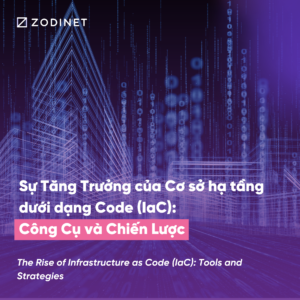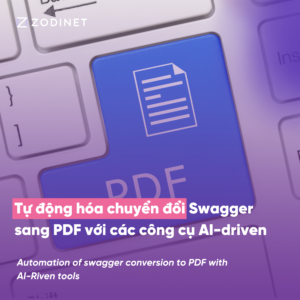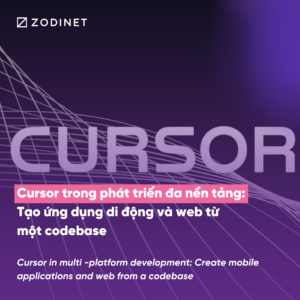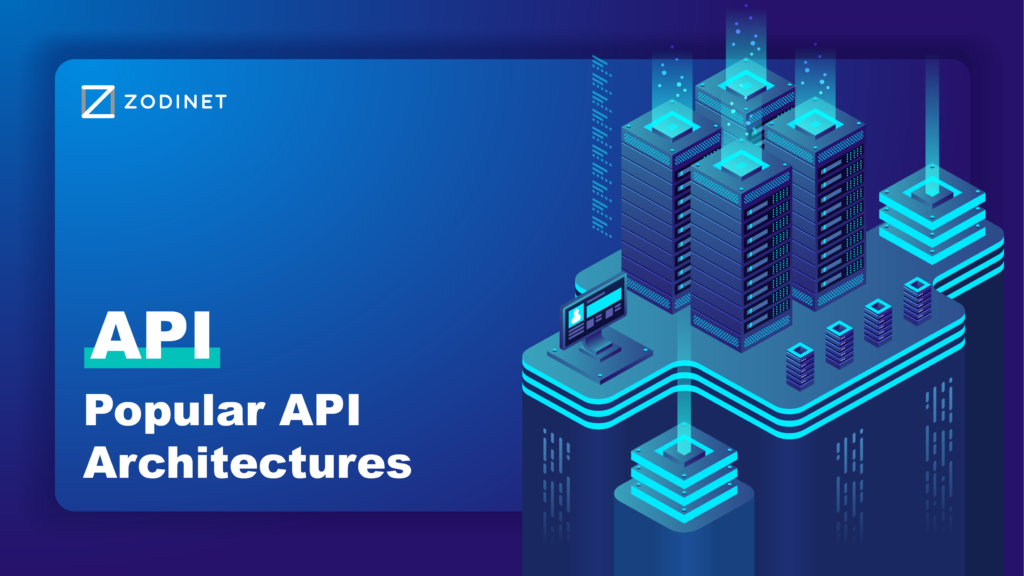
API is a term no longer unfamiliar to programmers. Apart from familiar API architectures like RESTful or SOAP, have you grasped the characteristics of other popular types of APIs? Let’s delve into the following article to gain a better understanding of APIs!
What is API?
The full name of API is Application Programming Interface. It comprises a set of protocols, mechanisms, commands, etc., used to define how two components of software can interact and exchange data with each other. In other words, an API serves as a communication software between a program and an operating system.
What is API Architecture?
API architecture is a collection of rules and standards that provide guidance to enable software applications to share data with each other through APIs. API architecture is often explained in a straightforward manner using the client-server model, where the requesting application is referred to as the client, and the responding application plays the role of the server.
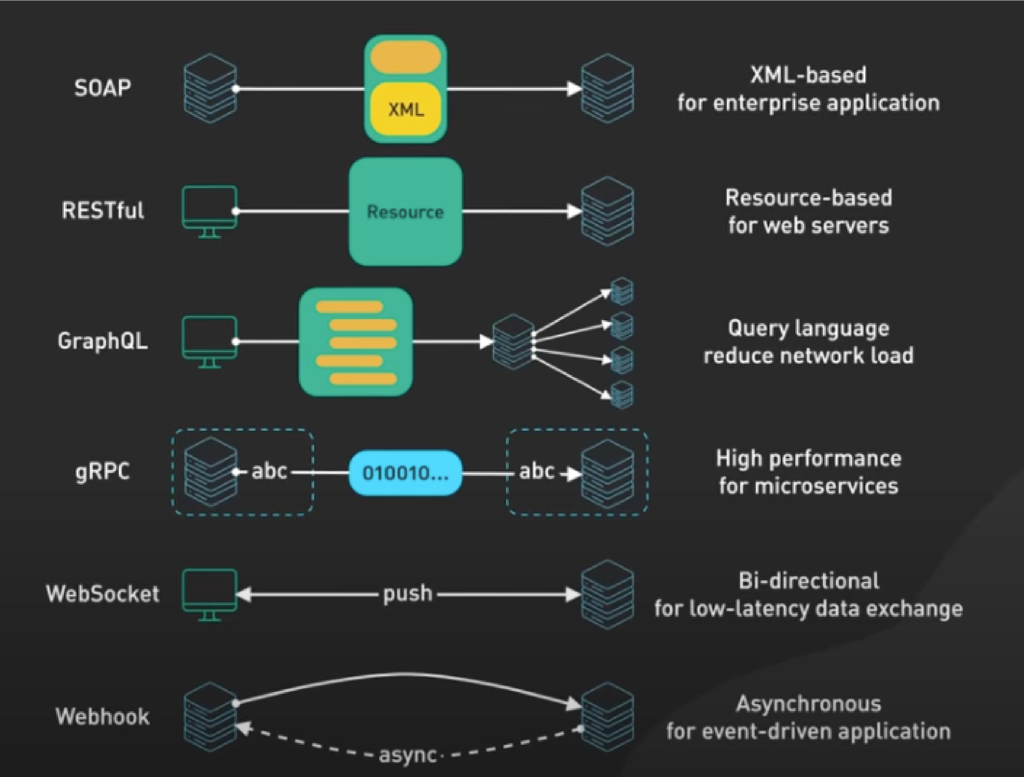
Popular API Architectures
Depending on the requirements of each website, programmers choose the suitable API architecture. Each API architecture will have its own advantages, disadvantages, and distinct characteristics. Some of the most popular API architectures nowadays include:
1. RESTful

Being the most popular API style to date, the majority of web APIs are built based on REST. This API operates according to the principles and conventions of the standard HTTP web protocol, using HTTP methods to perform operations on resources in a simple and efficient manner.
Advantages:
- Good scalability, easy manipulation, straightforward deployment, and management.
- Allows separation between client and server, reducing interdependence and increasing software reusability.
- Supports multiple platforms and easily integrates with various operating systems.
Disadvantages:
- Might face difficulties when handling complex operations or tasks beyond standard HTTP methods.
- Returns large data payloads, leading to resource inefficiency.
2. SOAP
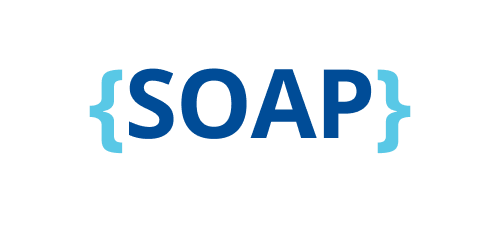
SOAP, based on the Web Services Description Language (WSDL), an extendable markup language (XML), is used to send data between software applications. It’s employed for exchanging messages between applications through HTTP and is often implemented for transmitting highly secure internal data. Another advantage of SOAP is its ability to operate across various communication protocols, not limited to HTTP like REST.
Advantages:
- SOAP can be developed in any language due to its language neutrality.
- SOAP is XML-formatted, making it easily readable and understandable.
Disadvantages:
- Due to XML formatting, SOAP may have slower loading times compared to other middleware standards like CORBA and RPC.
- In comparison to newer methods that utilize multiple languages, SOAP is less flexible as it’s only formatted in XML.
3. GraphQL
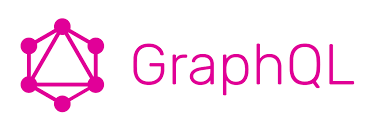
GraphQL is an open-source query and manipulation language for APIs, providing clients an easy way to request exactly what they need. This facilitates easier API development over time.
Advantages:
- GraphQL allows your application to add new APIs without affecting existing queries.
- It doesn’t require a specific application architecture and can function like a REST API. It can also work with existing API tools.
- Offers maximum control and processing of data types, reducing miscommunication between server and client.
- Detailed and readily available learning resources and documentation for GraphQL.
Disadvantages:
- Many open-source GraphQL extensions are incompatible and can’t work with REST APIs.
- Many queries are pushed to the server, adding extra workload and complexity.
- Implementing GraphQL and servers might be more extensive than developing a REST API.
4. gRPC
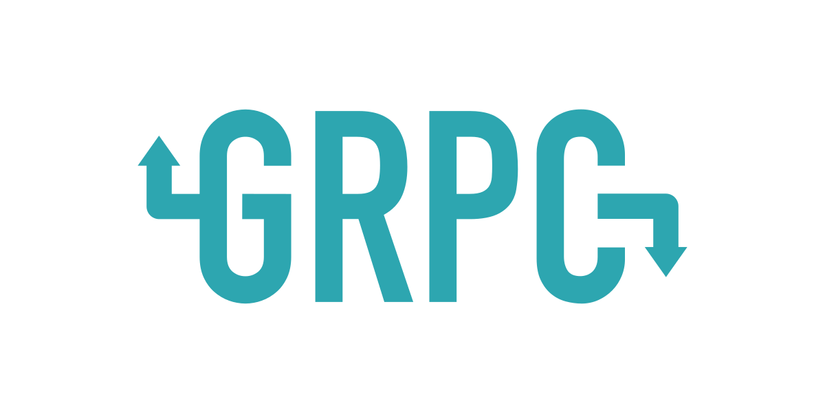
gRPC stands for Google Remote Procedure Call. It’s an open-source RPC framework used to create fast and scalable APIs. It enables the development of networked systems and open communication between client and server applications.
Advantages:
- gRPC is a comprehensive replacement for RPC, making it easy to work across various systems and languages.
- Using HTTP/2 and TLS-encrypted connections in gRPC ensures higher API security.
- gRPC supports client or server streaming with heavy semantics, simplifying the creation of streaming services or applications.
Disadvantages:
- The message compression of Protobuf can make the content unreadable for users.
- No edge caching: gRPC uses POST methods, posing a security threat to APIs.
- As gRPC uses multiple HTTP/2, it can’t directly operate services from a web browser. You need a proxy layer and gRPC-web to convert between HTTP/1.1 and HTTP/2.
5. Websocket

WebSocket is a technology that facilitates two-way communication between the client and server using the TCP (Transmission Control Protocol) to establish an efficient and low-overhead connection.
Advantages:
- WebSockets offer strong bidirectional communication with low latency and easy error handling. It eliminates the need for multiple connections like Comet long-polling and doesn’t suffer from the drawbacks of Comet streaming.
- The API is straightforward to use directly without requiring additional layers. Unlike Comet, which often demands a good library for handling reconnections, timeout waiting times, Ajax requests, received messages, and various transmission modes (Ajax long-polling and JSONP polling).
Disadvantages:
- It’s a new HTML5 specification, so not all browsers support it.
- There are no request scopes. Since WebSocket is a TCP socket rather than an HTTP request, it’s not suitable for services requiring request-scoped behavior, such as Hibernate’s SessionInViewFilter. Hibernate is a classic framework that provides a filter around an HTTP request. It sets up a context (containing transactions and JDBC connections) bound to the request thread at the start of a request. When that request finishes, the filter disposes of this context.
6. Webhook

A webhook, also known as a reverse API, web callback, or HTTP push API, is a way for one application to provide real-time information to other applications. It delivers data when an event occurs or nearly immediately.
Presently, webhooks are commonly used by developers (IT professionals) to serve the purpose of updating events in real-time and also to optimize resource usage. Additionally, webhooks serve as a tool used through an API when your API isn’t performing well or you don’t have an API.
Thanks to webhooks, you can create optimal solutions to provide necessary data for your application. As a result, the operational process becomes faster and more straightforward. Despite having numerous advantages and features, if you don’t use webhooks regularly to call data, you won’t receive the latest updates when the system stops operating.
